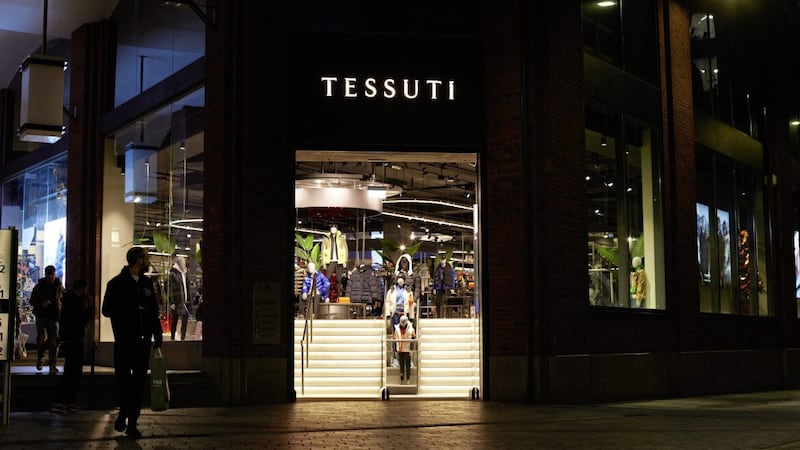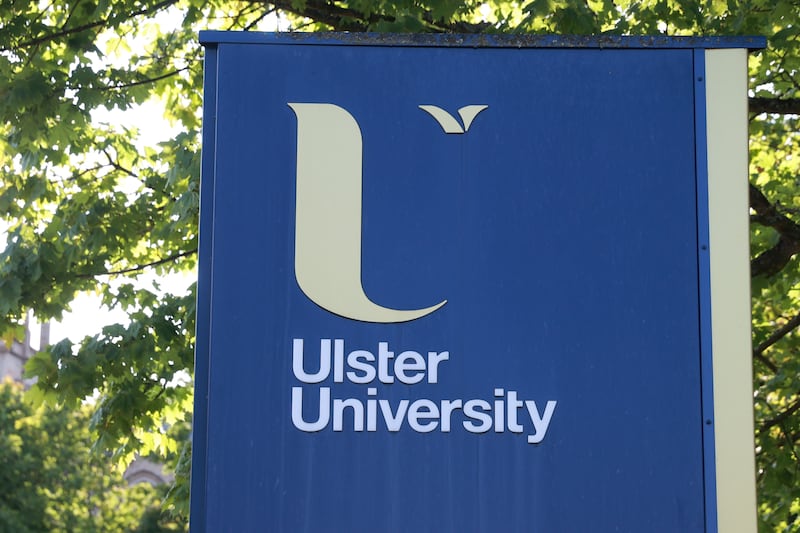THE north's economy should return to its pre-Covid levels in the first half of 2023, while the jobs the region lost as a results of the pandemic will have all been restored by 2024, a respected policy paper says.
And it also points to the “coiled spring effect”, where people are preparing for a summer spending splurge with additional savings accrued during the lockdowns and their Stormont-backed free cash cards.
“Economic prospects are much more positive than a few short months ago,” according to Gareth Hetherington, director of the Ulster University Economic Policy Centre (UUEPC), which has published its summer outlook.
“And as we enter a period where restrictions are now being eased, there is an increased sense that we are seeing light at the end of the tunnel.”
The outlook suggests the regional economy is growing strongly, though risks clearly remain to broader growth, most significantly the battle between the pace of the global vaccine roll-out programme and the mutation of the virus.
“The pathway to the new normal will have its challenges, but the recovery journey is clearly under way,” Mr Hetherington says.
The report forecasts Northern Ireland's economy - which shrunk by 10.4 per cent in 2020 - will grow by 5.8 per cent this year and by 4.1 per cent in 2022.
It coincides with data from the Organisation for Economic Co-operation and Development (OECD) which says the UK economy will grow at a faster pace than expected this year (up 7.2 per cent) and next (it forecasts a 5.5 per cent rise in 2022).
The UUEPC report says the Northern Ireland labour market has held up remarkably well, but questions what happens when furlough ends.
In June last year, 240,000 jobs were furloughed in Northern Ireland but this has more than halved to 99,000 in March.
But under the current jobs retention scheme, employers will have to contribute 10 per cent to salaries in July and 20 per cent in August and September, after which the scheme is scheduled to end.
Mr Hetherington says: “Although employers will have to start contributing to staff salaries from next month, since November last year, they've had to meet the cost of national insurance and pension contributions for their furloughed staff.
“Intuitively, that would have been the point when firms would have started the process of letting staff go, so it is encouraging that a spike in unemployment did not occur at that time.
“In addition, vacancy rates are currently more than 80 per cent of 2019 averages and new hire data shows appointments running at approximately 90 per cent of pre-Covid levels, so job opportunities will exist for those who are made redundant by their current employer.”
Bank of England chief economist Andy Haldane has been bullish about the prospects of a UK economic recovery given that household finances have improved significantly as people's spending was severely curtailed during the lockdowns (there's an estimated £200 billion in additional savings waiting to be spent).
He said it is likely the successful vaccine roll-out has raised consumer confidence to the extend that the conditions exist for the economy to rebound “like a coiled spring”.
But these savings are not evenly distributed, and previous UUEPC research has shown that those in lower income groups have been more impacted by the pandemic than high earners, indicating that the additional savings have been accumulated by the more affluent.
The outlook says: “Northern Ireland is ranked seventh out of the 12 UK regions in median household income after housing costs, 3.25 per cent below the UK average, which suggests that the level of additional savings and hence the boost to consumer spending may also be marginally lower here than in Britain.
“But importantly a boost should still be expected.”
As well as individuals' savings, Northern Ireland is in the unique position of having a High Street Stimulus scheme confirmed for later this year which will provide up to 1.4 million people with a pre-paid card worth £100, injecting £140 million directly on to its high streets.







